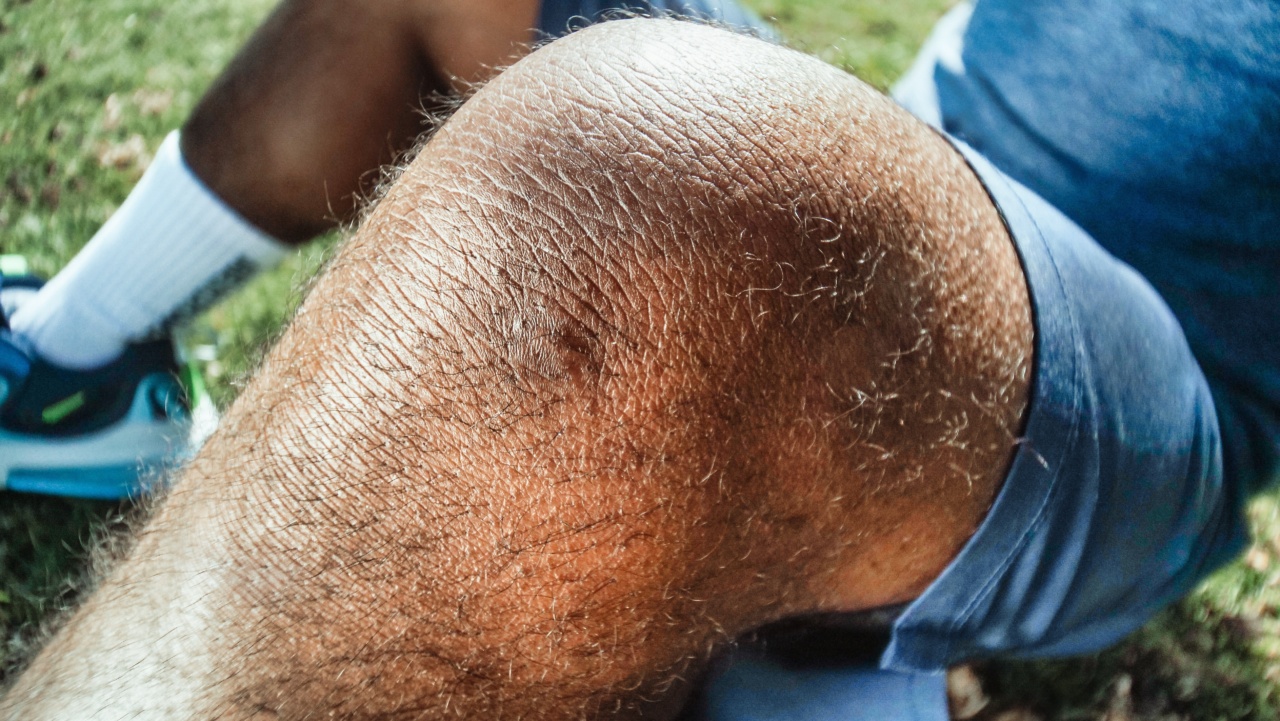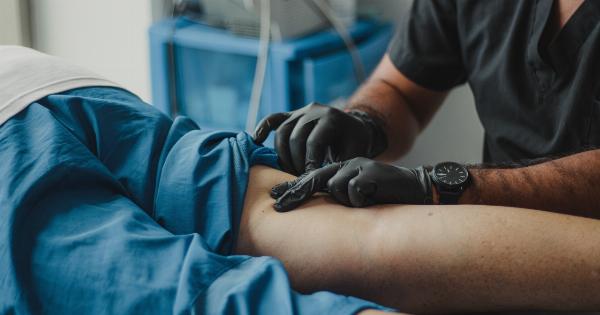Knee arthritis is a common condition that affects millions of people around the world. It is a degenerative joint disease that occurs when the cartilage in the joint wears away, causing pain, stiffness, and decreased mobility.
Although there is no cure for knee osteoarthritis, early detection and treatment can help slow down the progression of the disease, ease pain, and improve function. Here are some of the first indicators of arthritis in the knee joint.
1. Pain
Pain is one of the most common symptoms of knee arthritis. It can be a dull ache or a sharp pain that is felt around the knee joint, especially during activities that involve bending or weight-bearing.
Initially, the pain may only occur after physical activity, but as the condition progresses, the pain may become more frequent and severe, even during periods of rest.
2. Stiffness
Knee stiffness is another common symptom of arthritis. It is usually worse in the morning or after prolonged periods of sitting or standing.
The stiffness may also be accompanied by a grinding sensation in the knee joint, which is caused by the rubbing of bone against bone due to the loss of cartilage.
3. Swelling
Swelling is a common symptom of knee arthritis, especially during periods of increased activity or after prolonged periods of rest. The swelling is caused by inflammation in the joint, which can make the knee feel tight and uncomfortable.
4. Reduced Range of Motion
As knee arthritis progresses, it can cause a reduced range of motion in the joint. This can make it difficult to bend the knee fully or to straighten it completely.
In severe cases of knee arthritis, the joint may become permanently fixed in a bent or straight position.
5. Clicking or Popping
Some people with knee arthritis may experience clicking or popping sounds when they move their knee. This is usually caused by the rough surfaces of the bone rubbing against each other due to the loss of cartilage.
6. Weakness
Weakness is another common symptom of knee arthritis. The weakness is usually caused by a combination of muscle wasting and pain, which can make it difficult to bear weight on the affected knee.
7. Instability
As knee arthritis progresses, it can cause instability in the joint. This can make it difficult to stand or walk without feeling like the knee is going to give way or buckle.
8. Reduced Quality of Life
Knee arthritis can have a significant impact on a person’s quality of life. The pain and stiffness can make it difficult to perform everyday tasks, such as walking, climbing stairs, or even getting out of a chair.
This can lead to social isolation, depression, and a decreased sense of well-being.
9. X-ray Evidence
The best way to diagnose knee arthritis is through X-ray images that reveal the extent of cartilage loss and bone damage. X-rays show how osteoarthritis has affected the joint space between the bones in the knee.
Typically, the space is narrower in a recent X-ray taken after the onset of arthritis than in an older one taken before the onset of arthritis.
10. MRI Evidence
In some cases, an MRI may be ordered to confirm the diagnosis of knee arthritis. An MRI can provide a detailed view of the knee joint, including the soft tissues such as cartilage and ligaments.
With MRI, doctors can see the extent of damage in the knee and the areas where the damage is severe or mild.
























